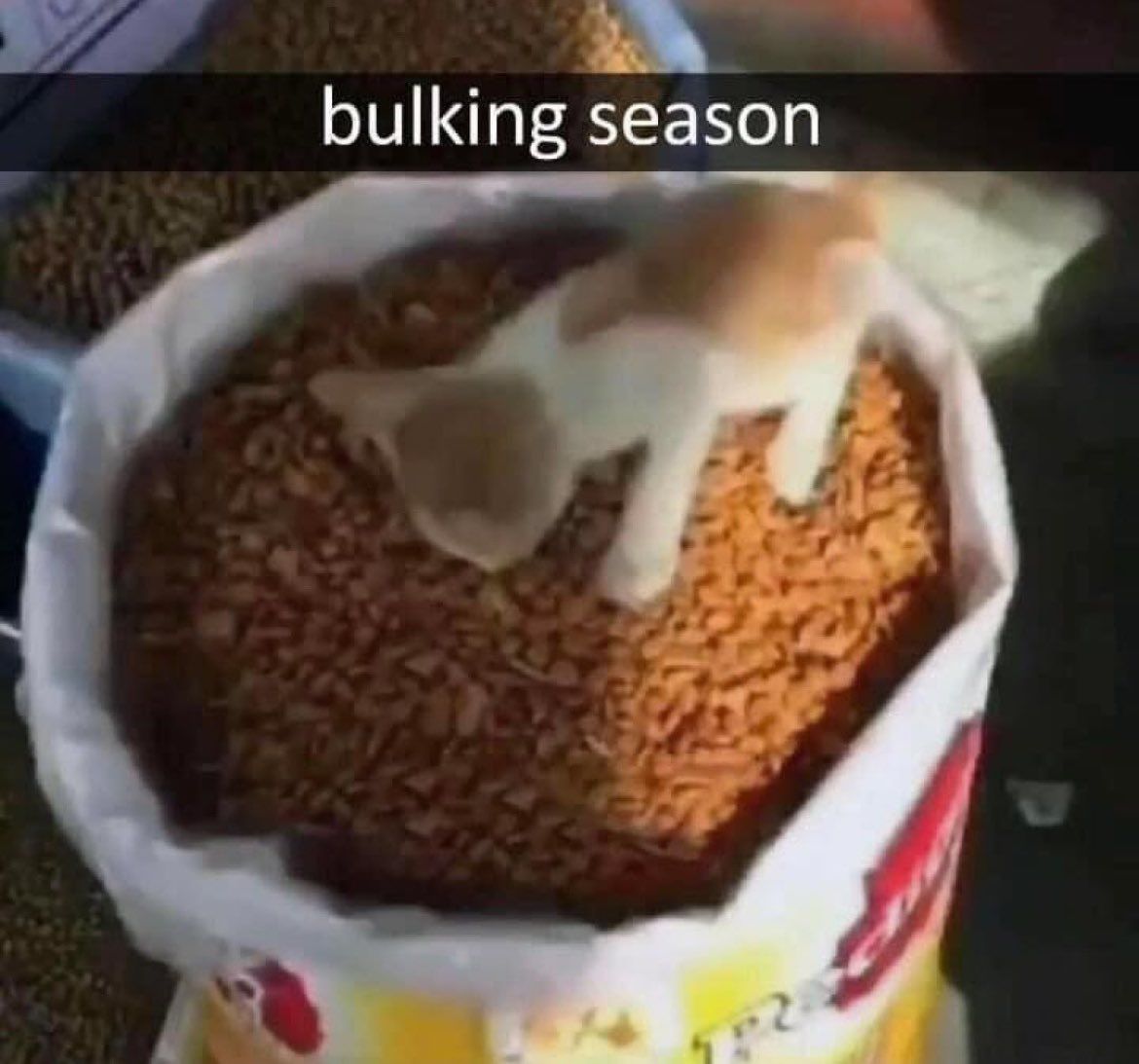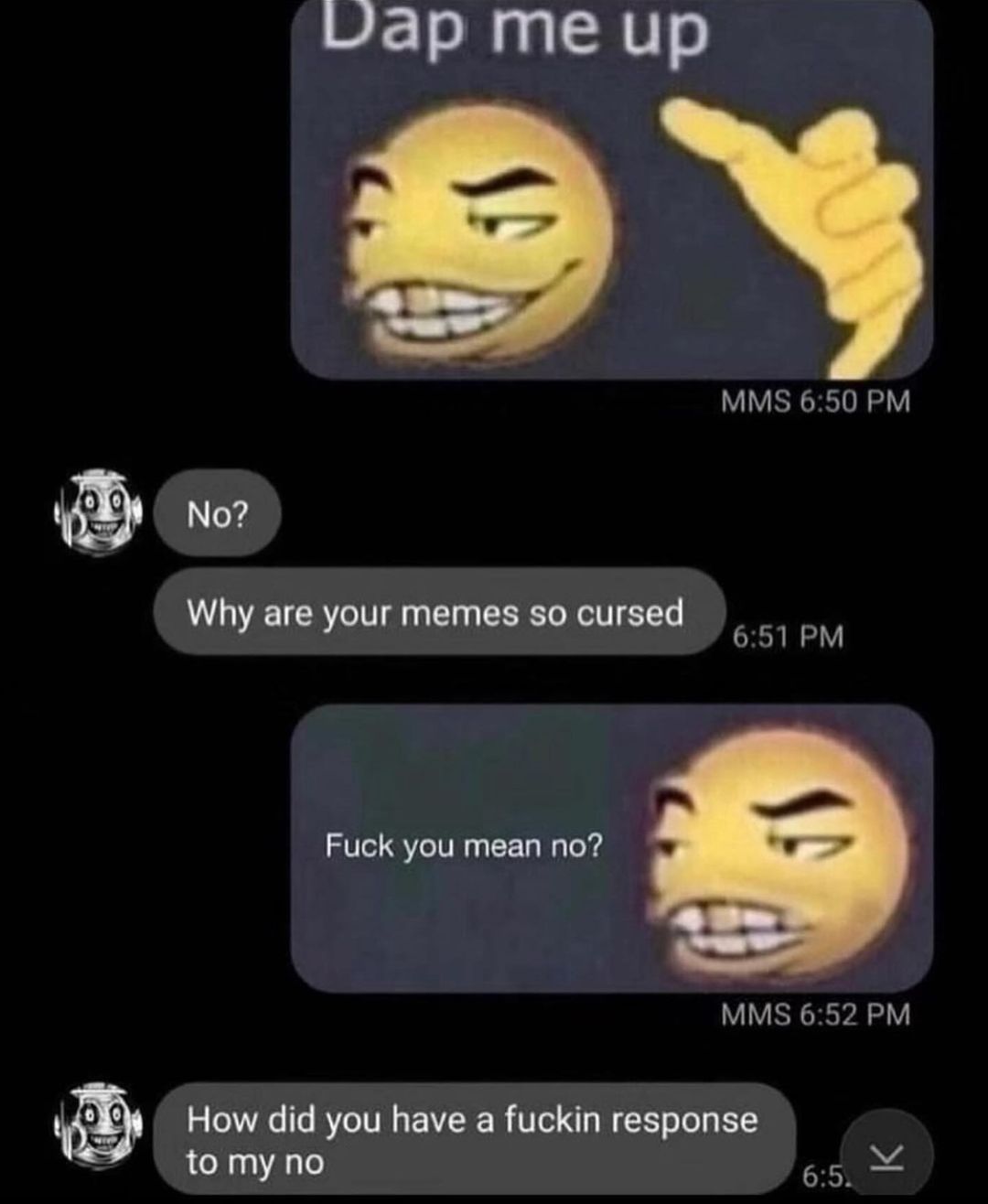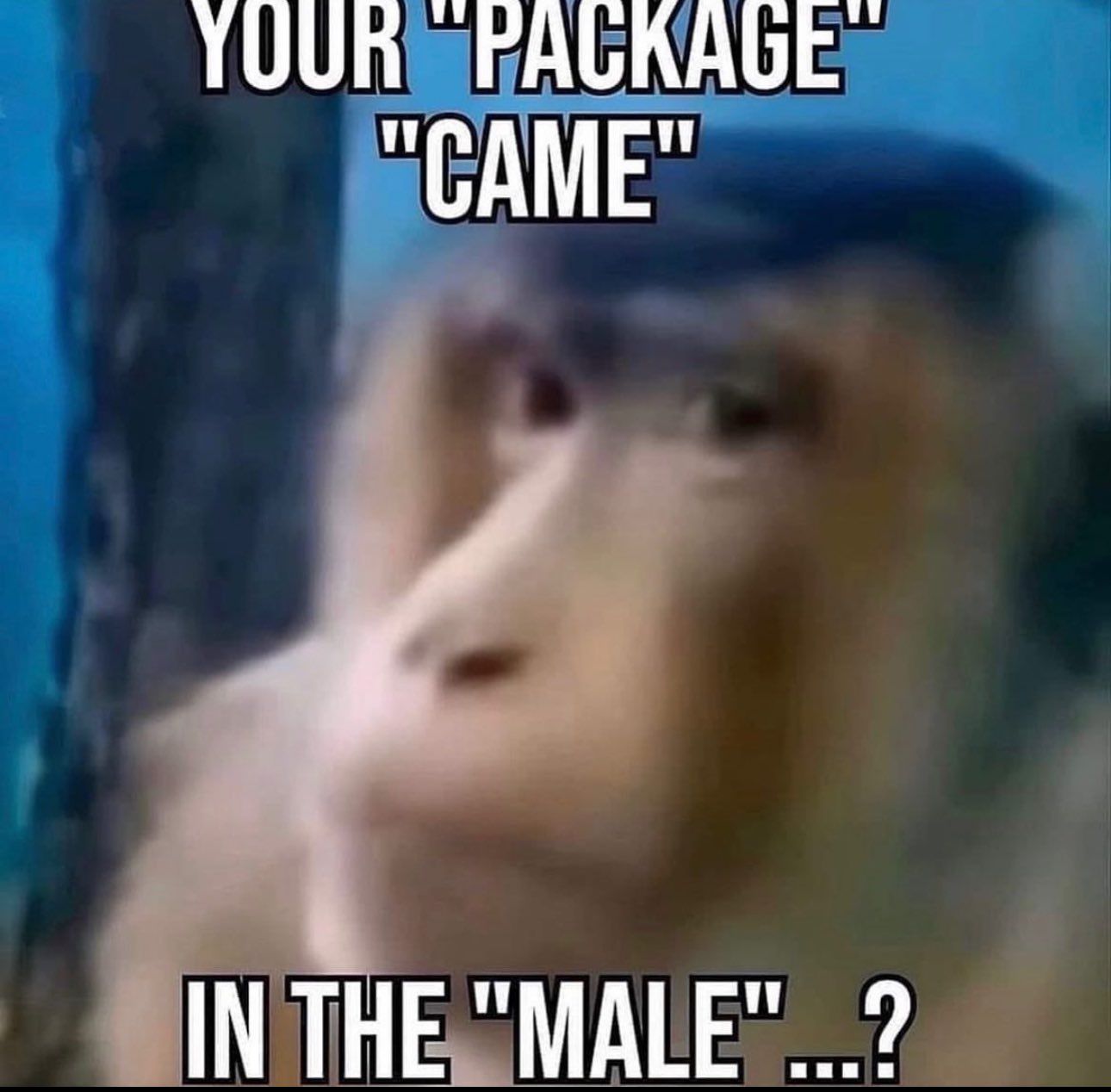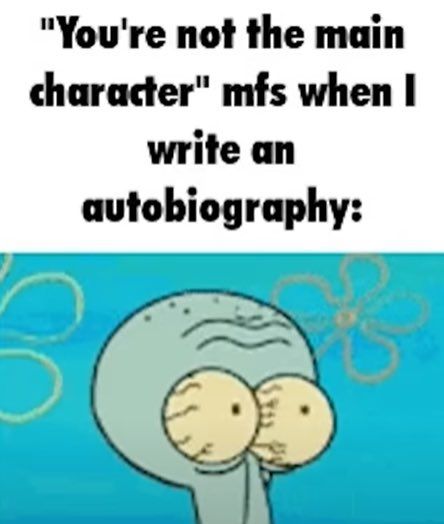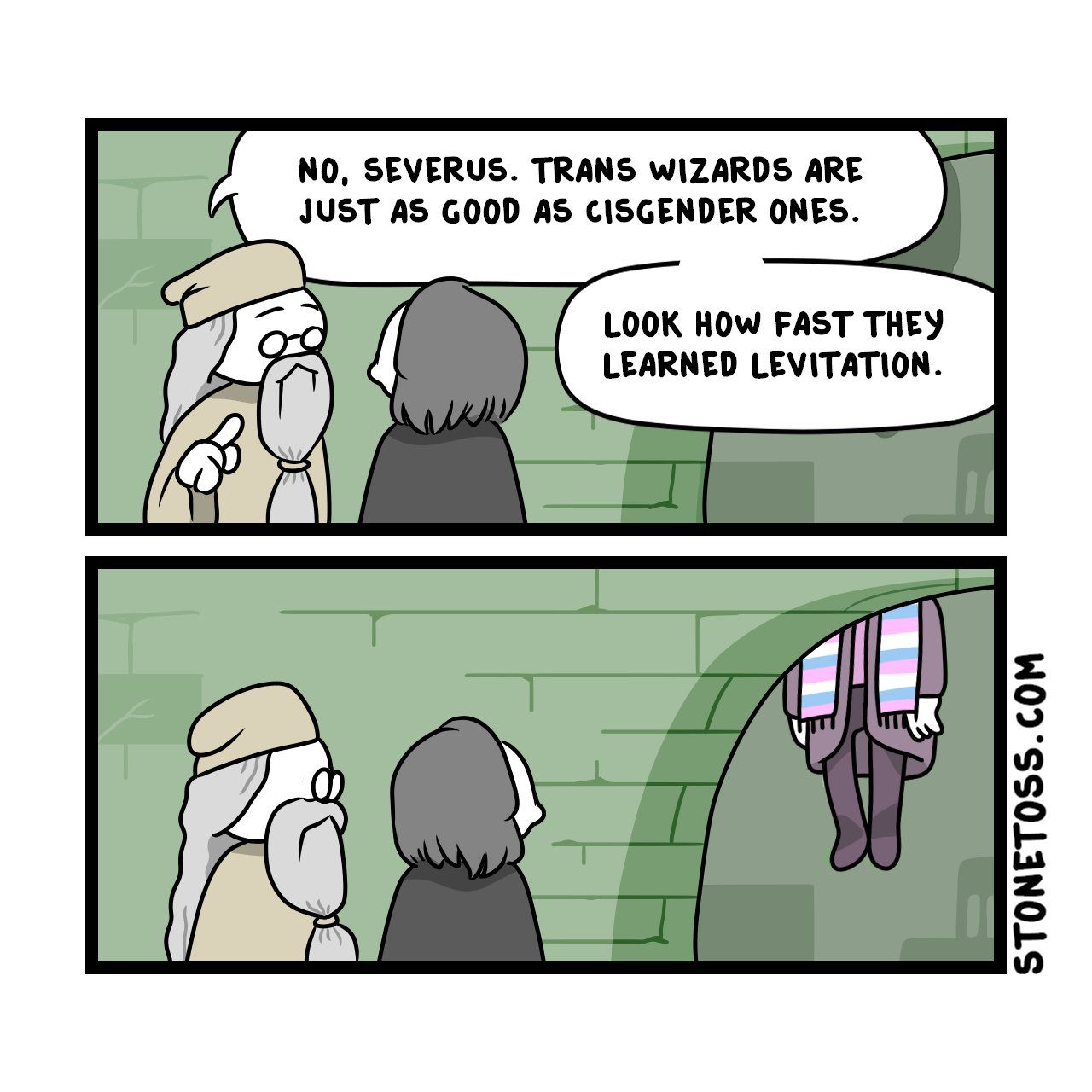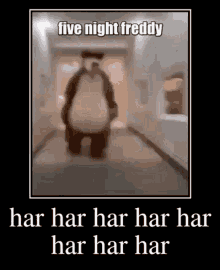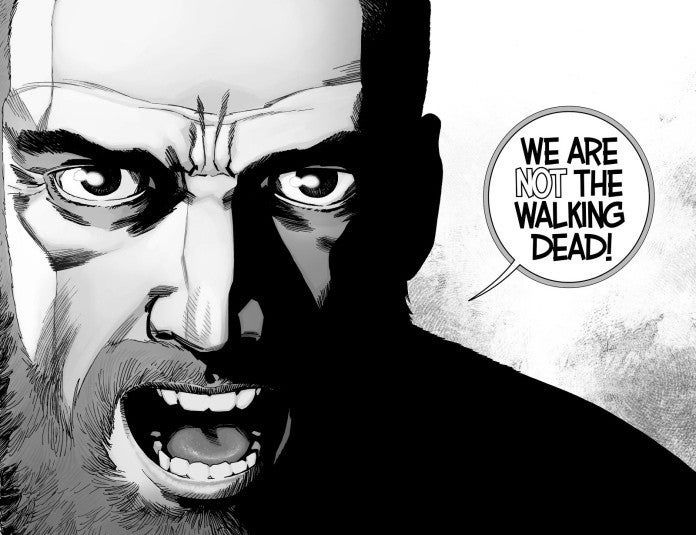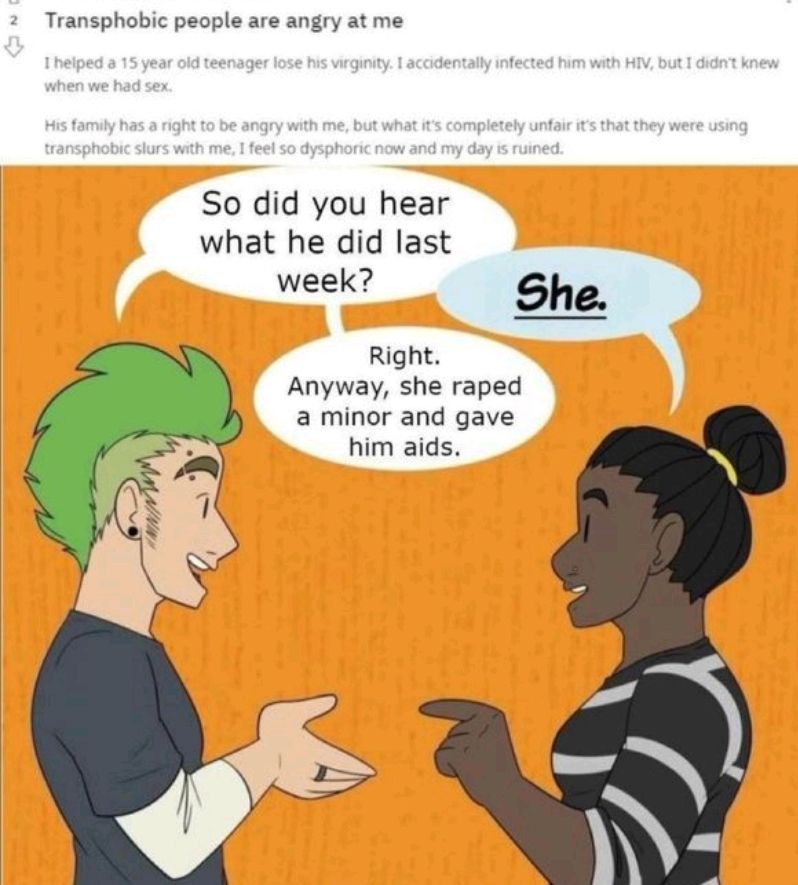So basically Star25/AG3.0 and GG miller are the same person since I found some evidence.
On one post, AG3.0 asked GG miller what’s his name.
Post right here: worstjokesever.com/community/p/6509c2cbefa8ad0a8dfd8dc5
So gg miller replied, “MILLER IS MY REAL LAST NAME, AND GG IS MY REAL MIDDLE NAME”
So, we already know Star25’s real name is Adrian Gorges because when he had the AG3.0 account, he said that AG stands for Adrian Gorges. And we also can back this up with his tik tok. www.tiktok.com/@adriangorges2010?lang=en
But, there’s an important factor. Gorges can also be shortened to GG.
So, we know that GG miller is AG3.0, but let’s back this up even further. If you search up adrianmiller2010, it pops up with AG3.0’s new account’s videos. Since GG Miller’s name says, “Miller” in it, that means that GG Miller IS ag3.0
So taking all of this evidence, we can conclude that AG3.0’s full name, which is, “Adrian Gorges Miller”.
Lmk if you have any more things abouts ag3.0 so we can expose him even more.

